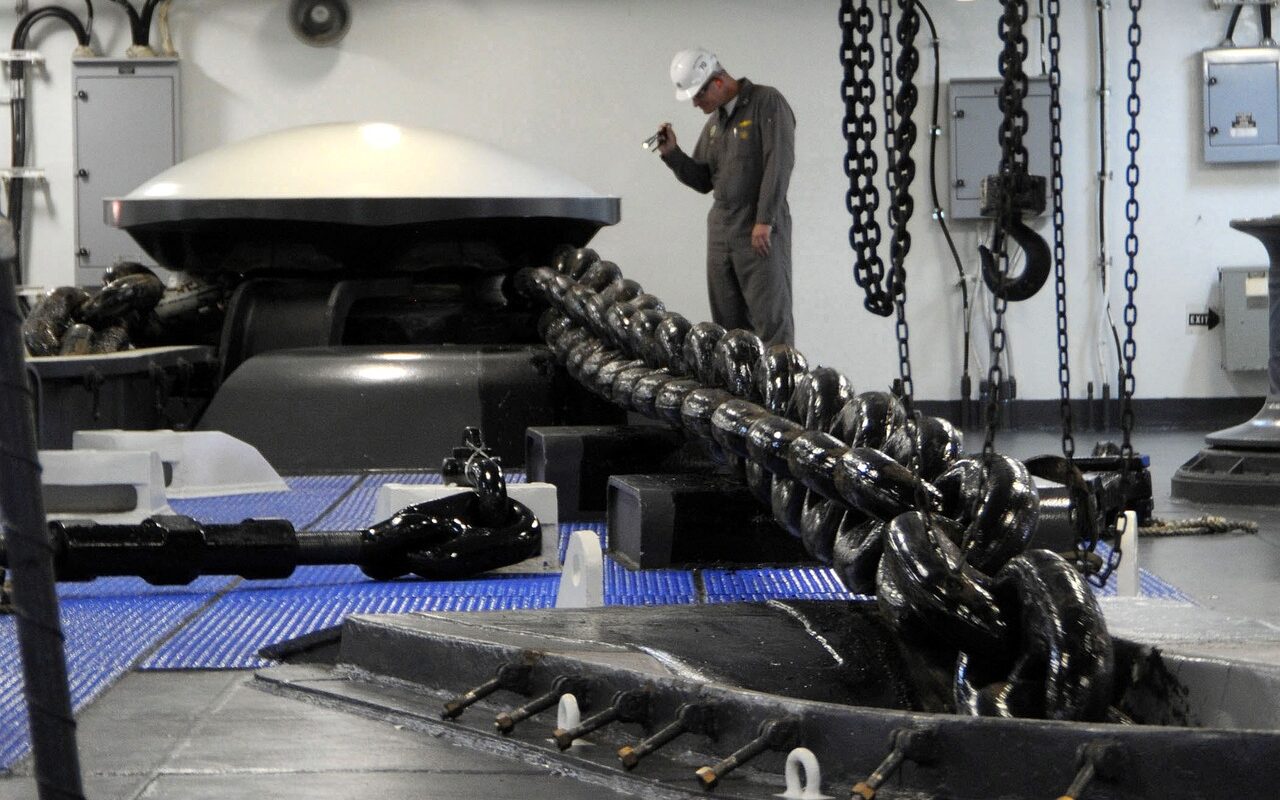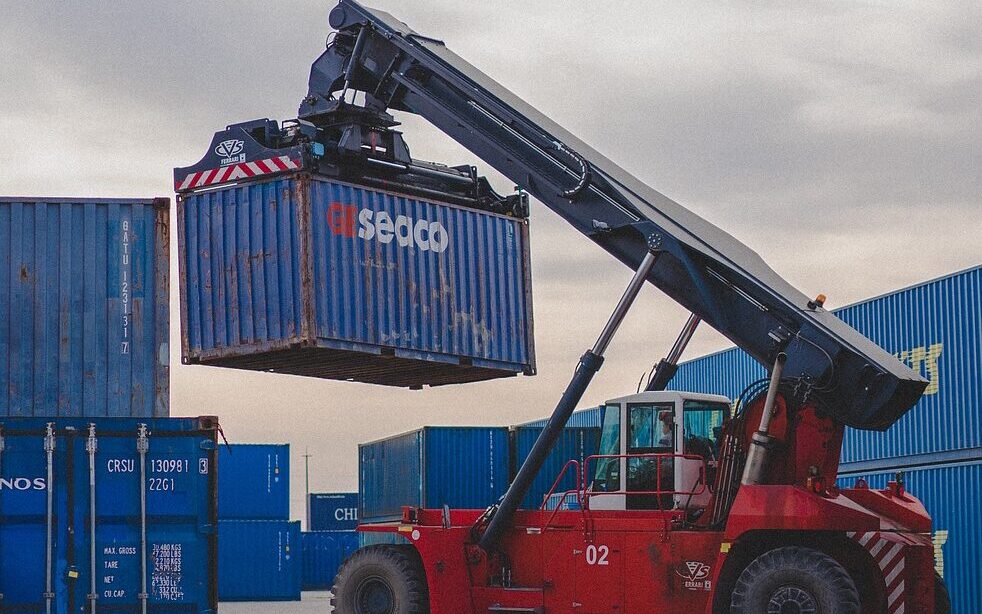When it comes to ensuring the safety and efficiency of your operations, inspection, testing, and calibration of equipment is of utmost importance. Whether you are dealing with cranes, lifts, forklifts, storage tanks, mechanical or hydraulic equipment, pressure vessels, or any other type of machinery, regular inspection and maintenance are crucial to prevent accidents, minimize downtime, and comply with industry regulations.

Identifying Potential Hazards and Defects
One of the key aspects of equipment inspection is identifying potential hazards and defects. By thoroughly examining each component and system, competent inspectors can detect signs of wear and tear, corrosion, leaks, or other issues that could compromise the equipment’s performance or pose a safety risk. This proactive approach allows for timely repairs or replacements, preventing costly breakdowns and ensuring the longevity of the equipment.
The Role of Third-Party Inspection Services
In addition to routine inspections and testing, third-party inspection services provide an independent and unbiased evaluation of your equipment. These services ensure that the equipment meets all relevant standards and regulations, giving you peace of mind and confidence in your operations. By relying on third-party inspections, you can be assured of compliance and optimal performance.
Benefits of Pre-Shipment and Post-Shipment Inspections
Pre-shipment and post-shipment inspections are invaluable services that verify the quality, quantity, and condition of equipment before it is shipped to your location. These inspections help prevent surprises or disappointments upon delivery, ensuring that the equipment meets your expectations and requirements. By addressing potential issues early, these inspections contribute to smoother operations and customer satisfaction.

Understanding Lifting Equipment
Lifting equipment is designed to lift, lower, or move heavy loads with ease, safety, and security. This category includes machinery such as mobile cranes, overhead cranes, powered hoists, manual hoists, winches, chain blocks, clamps, beams, jacks, forklifts, personnel lifts, and goods lifts. Additionally, it encompasses accessories like wire rope slings, polyester slings, shackles, and eye bolts, among others. Lifting equipment plays a crucial role across various industries, including construction, mining, manufacturing, and logistics, where handling large or heavy objects is essential.
The Importance of Safety in Lifting Operations
Safety is paramount when using lifting equipment. Appropriate measures must be taken to protect operators, workers, and the surrounding environment from potential risks. Neglecting safety protocols can lead to severe injuries, damage to property, or even fatalities. Therefore, implementing rigorous safety practices is essential in all lifting operations.
Regular Inspections and Maintenance
To ensure safe and efficient operation, regular inspections and maintenance of lifting equipment are vital. These checks help detect faults or defects early, preventing unexpected breakdowns and accidents. Scheduled maintenance also extends the lifespan of the equipment, ensuring it remains reliable and functional over time.
Training and Qualification of Operators
Operators must be trained and qualified to handle lifting equipment properly. Proper training equips operators with the skills to operate machinery safely and efficiently while minimizing the risk of mishandling. This reduces the likelihood of accidents and enhances overall workplace safety.
Conclusion
Lifting equipment is indispensable in industries that handle heavy loads, but its use requires a strong focus on safety. Regular inspections, proper maintenance, and operator training are essential to prevent accidents and ensure smooth operations. By prioritizing these measures, businesses can optimize the use of lifting equipment while safeguarding their workforce and environment.
The LEEA (Lifting Equipment Engineers Association)
is a globally recognized organization that provides training and certification for professionals involved in the lifting industry. LEEA inspectors play a crucial role in ensuring that lifting equipment is safe and complies with industry standards.
Key aspects of third-party lifting equipment inspection
Regulatory Compliance:
Ensure that the lifting equipment complies with relevant safety regulations, standards, and codes of practice. Different countries and regions may have specific requirements for the design, installation, operation, and maintenance of lifting equipment.
Equipment Condition:
Assess the overall condition of the lifting equipment, including structural integrity, mechanical components, electrical systems (if applicable), and safety features. This includes checking for signs of wear, corrosion, or damage.
Load Testing:
Conduct load tests to verify that the lifting equipment can handle its maximum rated load safely. This involves applying loads to the equipment in a controlled manner to assess its performance and stability.
Documentation Review:
Examine documentation related to the lifting equipment, including manuals, maintenance records, and compliance certificates. This helps ensure that the equipment has been properly maintained and serviced.
Training and Certification:
Verify that operators and maintenance personnel are appropriately trained and certified to use and maintain the lifting equipment. This is crucial for safe and efficient operation.
Identification of Defects:
Identify any defects, malfunctions, or non-compliance issues that may compromise the safety and functionality of the lifting equipment. Recommendations for repairs or improvements may be provided.
Engaging a third-party inspection service ensures an unbiased evaluation of the lifting equipment. This independent assessment adds credibility to the inspection process and helps build trust among stakeholders, including equipment owners, operators, and regulatory authorities. Regular and thorough inspections contribute to a safer working environment and reduce the risk of accidents associated with lifting operations.
Non-Destructive Testing (NDT)
NDT is a set of techniques used to evaluate the properties of a material, component, or system without causing damage to its integrity. The primary goal of NDT is to inspect and assess the quality of materials and structures without causing any permanent alterations or harm. This is particularly crucial in industries where the integrity of materials is critical. There are various methods of non-destructive testing, each suitable for different types of materials and applications.
NDT is essential for ensuring the reliability and safety of structures, components, and materials in various industries. It helps in identifying potential issues early on, preventing catastrophic failures, and minimizing the need for costly repairs or replacements.
By implementing a comprehensive inspection and maintenance program, organizations can enhance the safety and reliability of their lifting equipment, reduce the risk of accidents, and comply with relevant regulations.
Lifting Equipment Inspection Services:
| Equipment Type | Manufacturing Codes/ Standards |
| CRANES (PEDESTAL / MOBILE) (UNDER 20t) | BS7121 / BS EN 13001 / API Spec 2C&D |
| CRANES (PEDESTAL / MOBILE) (20t-50t) | BS7121 / BS EN 13001 / API Spec 2C&D |
| CRANES (PEDESTAL / MOBILE) (OVER 50t) | BS7121 / BS EN 13001 / API Spec 2C&D |
| ELECTRIC OVERHEAD TRAVELLING CRANES | BS7121 / BS EN 13001 / ASME B30.2,11 & 17 |
| MARINE LIFEBOAT DAVITS | BS ISO 15516 / SOLAS |
| WINCH (DAVIT) | SOLAS / Class Approval |
| DAVIT BLOCKS & ASSOC. EQUIPMENT | BS ISO 15516 / SOLAS |
| FORKLIFT TRUCKS | BS.ISO 5057/BS EN1726-1/2/BS EN ISO3691/BS4436 |
| PALLET STACKERS | BS ISO 22915-4 / BS ISO 5766 |
| PALLET TRUCKS | BS EN ISO 3691-5 |
| PERSONNEL & GOODS LIFTS | BS2655 / BS5655 / BS 8486 |
| SUSPENDED CRADLES | BS 5974 |
| POWERED HOISTS (ELECTRIC) | BS EN 14492 / ASME HST-1 / ASME B30.16 |
| POWERED HOISTS (PNEUMATIC) | ASME HST-5 / ASME-HST-5 |
| MANUAL HOISTS (CHAIN BLOCKS) | BS EN 13157 |
| LEVER HOISTS (PULLIFTS) | BS EN 13157 |
| WIRE ROPE HOISTS (TIRFORS) | BS EN 13157 |
| WIRE ROPES FOR ABOVE | BS EN 12385, BS ISO 4309 |
| BEAM TROLLEYS | BS EN 13157 |
| BEAM CLAMPS | BS EN 13155 |
| PLATE CLAMPS | BS EN 13155:2003+A2:2009 |
| SINGLE SHEAVE BLOCKS (UP TO 25t) | BS MA 47 |
| SINGLE SHEAVE BLOCKS (OVER 25t) | BS MA 47 / BS ISO 16625 |
| MULTI-SHEAVE BLOCKS (UP TO 25t) | BS MA 47 / BS ISO 16625 |
| MULTI-SHEAVE BLOCKS (OVER 25t) | BS MA 47 / BS ISO 16625 |
| CRANE HOOK BLOCKS (UP TO 25t) | BS MA 47 / BS ISO 16625 |
| CRANE HOOK BLOCKS (OVER 25t) | BS MA 47 / BS ISO 16625 |
| WINCH (PNEUMATIC) | BS EN 14492 / ASME B30.7 |
| WINCH (MAN-RIDING) | PUWER / LOLER / OEM Guidance |
| WINCH (MANUAL) | BS EN 13157 |
| STABBING BOARDS | PUWER / LOLER / OEM Guidance / BS EN 1808 |
| RUNWAY BEAMS | BS 2853 |
| LIFTING BEAMS (UP TO & INC. 3t) | BS EN 13155 |
| LIFTING BEAMS (OVER 3 UP TO & INC. 6t) | BS EN 13155 |
| LIFTING BEAMS (OVER 6t UP TO & INC. 20t) | BS EN 13155 |
| LIFTING BEAMS (OVER 20 UP TO & INC. 40t) | BS EN 13155 |
| LIFTING BEAMS (OVER 40t) | BS EN 13155 |
| HYDRAULIC RAMS & JACKS | BS EN 1494 |
| MANUAL JACKS | BS EN 1494 |
| OFFSHORE CONTAINERS | BS EN ISO 10855 / DNV 2.7-1 |
| FREIGHT CONTAINERS | BS ISO 1496-5 |
| MOBILE WORK PLATFORMS | BS 8460 / BS EN 280 |
| FABRICATED PADEYES & CLAMPS | BS EN 13001 |
| DYNAMOMETERS / CRANE WEIGHERS | BS EN ISO 7500-1 / BS EN ISO 6892 |
| LOADS CELLS | BS EN ISO 7500-1 / BS EN ISO 6892 |
| SAFE LOAD INDICATORS / RCIs | BS7262 (1990) |
| WIRE ROPE | BS ISO 4309 / BS EN 12385 / API Spec. 9 |
| WIRE ROPE (ON PASSENGER LIFTS) | BS ISO 4309 / BS EN 12385 / IMCA D 018 |
| WIRE ROPE (DIVING OPERATIONS) | BS ISO 4309 / BS EN 12385 |
| WIRE ROPE (MAN-RIDING WINCHES) | BS ISO 4309 / BS EN 12385 |
| WIRE ROPE SLINGS | BS EN 13414:1-3 / ASME B30.9 |
| WIRE ROPE SLINGS (MULTI-LEG) | BS EN 13414:1-3 |
| CHAIN SLINGS-GRADE 80 | BS EN 818-1 / ISO 3076 / ASME B30.9 |
| CHAIN HOOKS & FITTINGS – GRADE 80 | BS EN 1677 |
| POLYESTER SLINGS | BS EN 1492 PT 1, 2 & 4 / ASME B30.9 |
| SHACKLES – ALLOY (UP TO 20t) | RR-C 27 1D TYPE IV, 13889 / DNV 2-22 |
| SHACKLES – ALLOY (OVER 25t) | RR-C 27 1D TYPE IV, 13889 / DNV 2-22 |
| SHACKLES – HIGHER TENSILE (UP TO 25t) | ISO 2415 |
| SHACKLES – HIGHER TENSILE (OVER 25t) | ISO 2415 |
| EYEBOLTS (BRITISH) | BS EN ISO 3266 |
| EYEBOLTS (U.S.) | ASME B18 15M / ASME B30.26 |
| RIGGING SCREWS (BRITISH) | BS 4429 |
| RIGGING SCREWS (TURNBUCKLES) (U.S.) | ASTM F1145 |
| OPEN WEDGE SOCKETS (BRITISH) | BS EN 13411-6 |
| OPEN WEDGE SOCKETS (U.S.) | RR-5-550E |